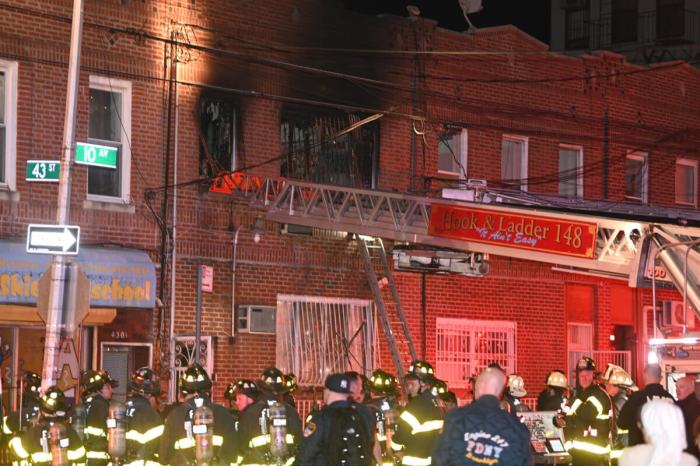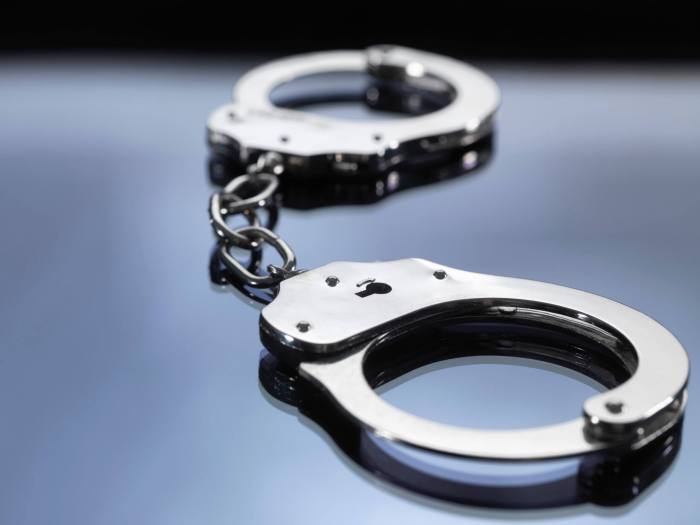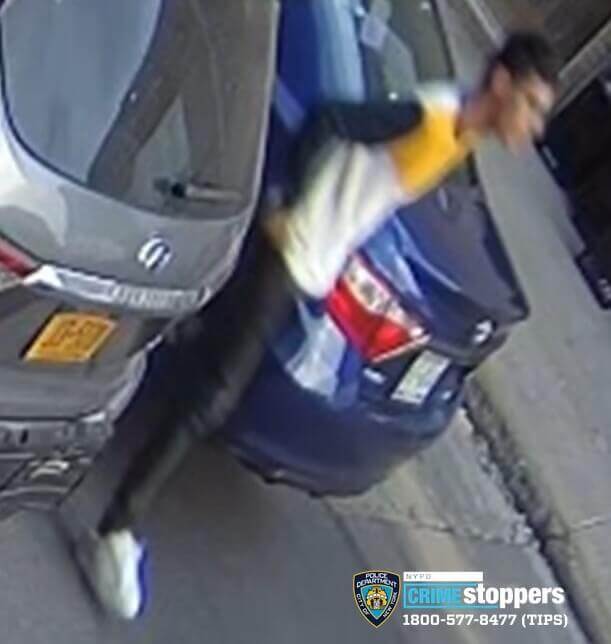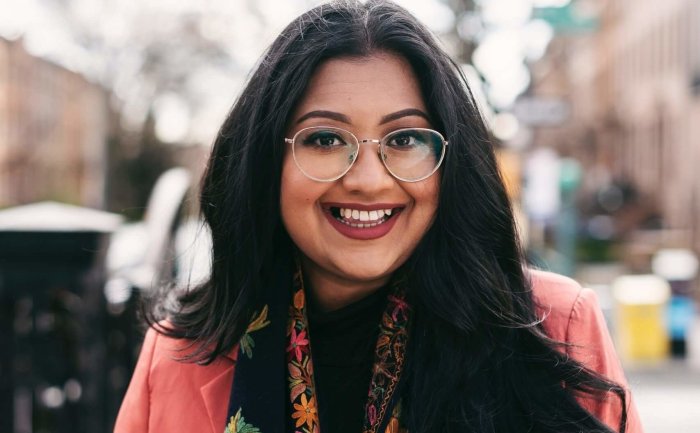It’s a neighborhood in southwestern Brooklyn of about 150,000 people, sharing borders with Kensington, Bensonhurst, and Sunset Park. It’s bound by Ninth Avenue to the west, McDonald and 21st avenues to the east, Green-Wood Cemetery to the north, and 60th Street and the Bay Ridge Branch railroad to the south. And it’s home to one of the largest and most vibrant Orthodox Jewish communities anywhere on Earth.
It’s Borough Park! Or is it Boro Park? No one really knows.
New York City is, of course, an incredibly dynamic and ever-changing place. New Yorkers will bicker endlessly about the precise geographic boundaries of their communities, or if the name of their neighborhood is legitimate or a marketing creation by real estate developers.
Scholars of the city are familiar with a fair number of unresolved spelling inconsistencies across the Big Apple, like the ongoing East New York imbroglio over the J train station at Eldert Lane being called 75th Street-Elderts Lane. But nowhere else in Brooklyn is there a spelling discrepancy over an entire neighborhood of tens of thousands of people where, when speaking, everyone agrees on the actual name.
‘Why deprive ourselves of a few extra letters in our name?’
When it comes to official city business like laws, contracts, or reports, the predominant spelling is Borough, the version also usually favored by the city’s media outlets. Barry Spitzer, the District Manager of Community Board 12, said the board uses Borough in official documents and communications, and the area’s City Councilmember, Kalman Yeger, told Brooklyn Paper that he personally prefers this spelling.
“I prefer and typically spell it out as Borough Park,” Yeger said in an email. “We are shortchanged on so much, why deprive ourselves of a few extra letters in our name?”
But most neighborhood businesses and institutions seem to prefer the use of Boro. The area’s Jewish Community Center is the Boro Park JCC and the local Y is the Boro Park YM-YWHA. Prominent Hasidic dynasties like Bobov, Munkacs, and Chabad-Lubavitch tend to use Boro, as do Orthodox neighborhood patrol Shomrim and volunteer ambulance service Hatzolah.
Local businesses tend to put Boro on their storefronts if applicable, and Orthodox news outlets like Hamodia and BoroPark24 usually (but not always) use the shorter spelling in their stories.
“Everyone here uses Boro,” said Yochonon Donn, a longtime editor at Hamodia who now works at Mishpacha Magazine. “If you see Borough you know it’s an out-of-towner.”
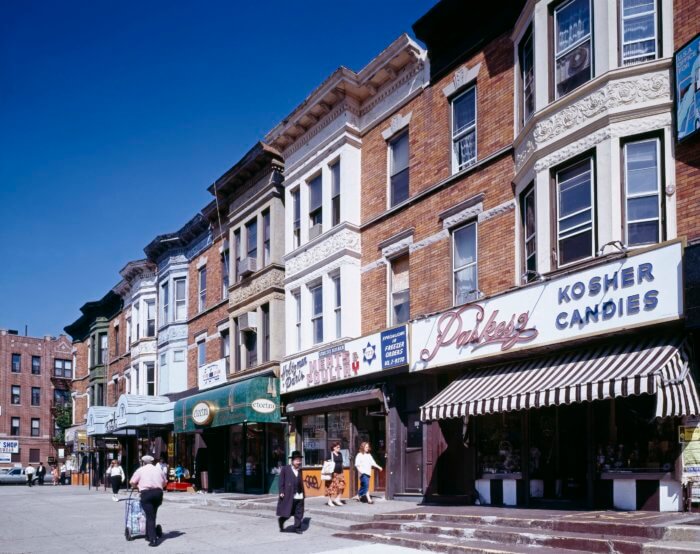
The lack of spelling accord is complicated further by the fact that a majority of the neighborhood’s residents speak Yiddish, which uses the Hebrew alphabet, as their first language; 2020 Census data shows that 67% of residents in Community Board 12 speak a language other than English at home, significantly above the city, state, and federal averages. In Yiddish, the discrepancy doesn’t exist, Donn said, with the neighborhood’s name being spelled phonetically as בורו פארק.
Donn said that Yiddish speakers “[do] not care for silent letters.”
Originally inhabited by the Canarsee — a band of Lenape indigenous to the land that’s now New York City — the area that’s now Boro[ugh] Park was colonized by Dutch settlers in 1652 as part of the town of New Utrecht. The pangs of urbanity did not come for another two centuries, however, when Electus Litchfield began developing a small village that he called Blythebourne. To this day, the neighborhood’s main post office still bears the Blythebourne moniker.
But soon enough, another developer, William Reynolds (also a State Senator), bought up the land, renamed it Borough Park, and marketed it as a bucolic suburb divorced from the hustle and grime of the city. Jews were initially banned from the development, BoroPark24 reports, but that didn’t last long, and eventually Chosen People living in places like Williamsburg and Brownsville started flocking to the new nabe, and by 1925 the Jewish population numbered 60,000.
Most of the initial Jewish population was more liberal and secular, but after the Holocaust, Hasidic Jews fleeing Europe began immigrating en masse to the neighborhood, establishing what remains today as the prominent community in the area.
‘There’s no park in Boro Park’
The historical record suggests pretty conclusively that the name was first spelled as Borough Park, but that doesn’t mean locals are content to go in that direction. Alex Rapaport, who runs the Masbia network of kosher soup kitchens, last year convinced the local Chase Bank on 13th Avenue and 48th Street to change the signage in its welcome center from Borough to Boro. He also noted on Twitter that evidence of the use of Boro dates back as far as 1935, with the Alben Triangle memorial to neighborhood World War I vets using the shortened version.
Rapaport recently asked candidates in the new 10th Congressional District, which includes the neighborhood, which version they use. He only got a response from Brian Robinson, who prefers Boro. Rapaport, also partial to Boro, told Brooklyn Paper that calling it Borough Park doesn’t make sense as the neighborhood is not a borough, nor is it home to any major parks.
“There’s no park in Boro Park, so it’s hard for it to mean anything,” Rapaport said. “Borough Park would mean it’s the parkiest neighborhood in the borough.”
The southwestern Kings County nabe is hardly the only place where the shortened version has been used. One notable example is the Queensboro Bridge connecting Manhattan and Queens, which has always used the shortened spelling since its opening in 1909 despite other institutions, like Queensborough Community College in Bayside and the Triborough Bridge a few miles north, being partial to the alternative. Those who prefer to stay out of the drama can always call it the 59th Street Bridge.
Editor’s note: Readers, if you disagree with our boundaries for Boro[ugh] Park, please, be kind in your emails to this reporter.
Correction: this article has been updated with the corrected spelling of Community Board 12 District Manager Barry Spitzer’s name.
















